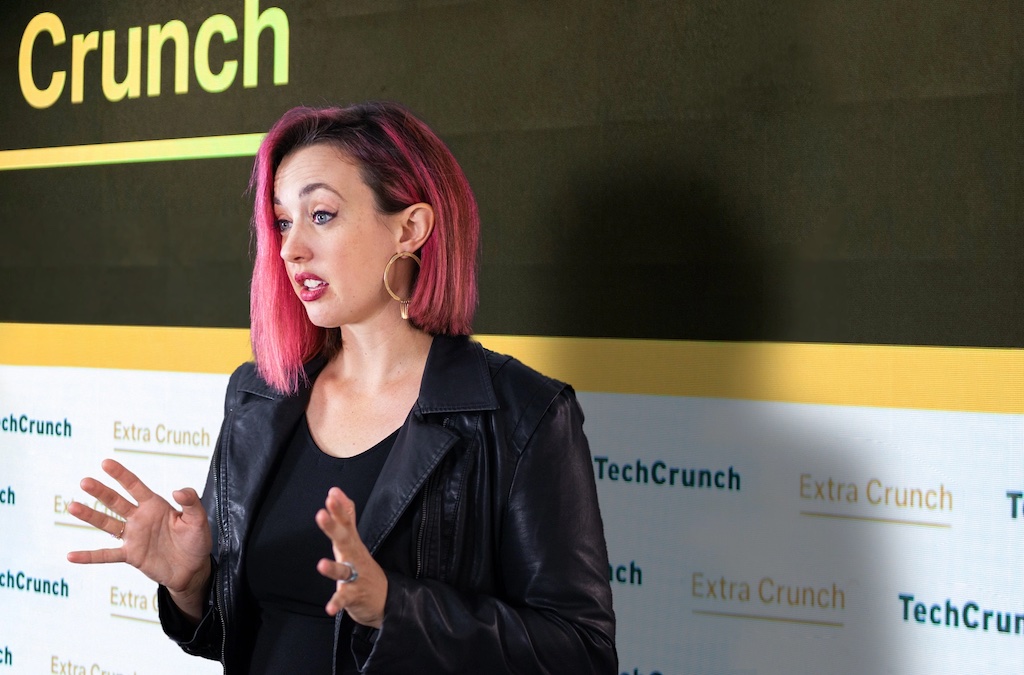In the US today, The Federal Deposit Insurance Corp. continued the auction process for the beleaguered Silicon Valley Bank, with final bids due by Sunday afternoon, according to Bloomberg.
Any agreed sale may not be known until late Sunday, if at all. It’s still possible that no deal will be reached and the bank will become insolvent. SVB had more than $175 billion in deposits and $209 billion in total assets. The FDIC is reportedly attempting to make at least a portion of clients’ uninsured deposits available from Monday.
US Treasury Secretary Janet Yellen said on Sunday that the government would not bail out Silicon Valley Bank with public money, but added it was concerned about depositors – the vast majority being tech companies – reeling from what is the worst bank failure since the 2008 financial crisis. As TechCrunch reported earlier the Silicon Valley Bank crisis also has implications for firms thousands of miles away. For example, over 60 YC-backed Indian startups have more than $250,000 stuck in accounts with SVB.
And that’s just the tip of the overseas iceberg.
Across the Atlantic, after a frantic weekend involving regulators and the UK government, Silicon Valley Bank UK Limited (SVB-UK) — which is a legally separate company to SVB in the US — is expected to enter an insolvency procedure this evening (Sunday 12 March 2023) as we reported yesterday. The move was confirmed today by London law firm Osborne Clarke.
This means customers of SVB-UK will be unable to withdraw, or deposit into the bank, creating huge liquidity issues for many depositors and/or borrowers, leaving many tech startups unable to execute crucial actions such as paying staff.
UK tech entrepreneurs and VCs spent the weekend lobbying the UK Government to intervene and provide either support for affected depositors and/or borrowers or shepherd a sale of the bank.
On Sunday morning the UK government was drawing up plans for some kind of emergency cash lifeline for tech firms.
Chancellor Jeremy Hunt told Sky News: “We will bring forward, very soon, plans to make sure people are able to meet their cashflow requirements and pay their staff but obviously what we want to do is to find a longer-term solution that minimises, or even avoids completely, losses to some of our most promising companies.”
In a statement, the chancellor warned the sector was at “serious risk” and a “high priority” for the government, announcing that it was “treating this issue as a high priority” and “working at pace on a solution to avoid or minimise damage to some of our most promising companies in the UK.”
Sources told Techcrunch that this could come in the form of a “bounce back loan approach” where tech clients of SVB-UK could borrow from a major UK bank, with the State acting as a guarantor.
However, as of Sunday night UK time, no obvious solutions had presented themselves, despite much speculation over a possible buyer of SVB-UK.
A joint letter signed by over 200 tech executives over the weekend said many companies were facing becoming “technically insolvent” after SVB UK collapse.
Responding to developments following the collapse of Silicon Valley Bank, the British Private Equity & Venture Capital Association (BVCA) Director General Michael Moore said: “We’ve been working overnight with our members to collect data and demonstrate the implications of Silicon Valley Bank’s collapse. We welcome the Chancellor’s update that the government will announce support for businesses impacted. This is an urgent matter. Help is needed by tomorrow. The immediate implications for the tech and wider private capital ecosystem are far reaching. This is about many highly skilled jobs.”
Dom Hallas, Executive Director of Coadec, the UK policy group representing tech startups, put out the statement: “There are a large number of startups and investors in the ecosystem who have significant exposure to SVB UK and will be very concerned. We have been engaging with the UK Government including Treasury and No10 about the potential impact.”
UK companies will only be able to recover £85,000 under the Financial Services Compensation Scheme, or £170,000 for joint accounts. Since SVB UK had over 3,500 customers, with many accounts running into the millions, the situation looks bleak. SVB UK reportedly had nearly £7bn in deposits when the BoE deemed it insolvent on Friday.
In other developments, Sky News and the Evening Standard reported on Sunday that Barclays and Lloyds Banking Group had been approached by the Government over an emergency takeover deal.
In addition, a new clearing bank, The Bank of London, was also named as a potential suitor by the BBC.
Sky News also reported that Oaknorth Bank, a British ‘neobank’ – or digital lender – previously valued at nearly $3bn could make an offer to buy SVB-UK, according to its sources, but a formal offer would be subject to due diligence potentially lasting for “several days.”
Oaknorth, which has declined to comment, was co-founded by Rishi Khosla, who has donated hundreds of thousands of pounds to the Conservative party, the UK’s governing party.
The FT reported the field of SVB-UK buyers could also potentially include Abu Dhabi’s state holding company ADQ, and listed conglomerate IHC.
Bloomberg noted that Sheikh Tahnoon (chairman at Royal Group) oversees the wealth fund ADQ, as well as First Abu Dhabi Bank PJSC, and the emirate’s $790 billion wealth fund Abu Dhabi Investment Authority.
And Sunday wore on, HSBC Holdings and JP Morgan were also said to be among those potentially looking to acquire SVB-UK.

As the SVB auction continues, the sale of its UK arm bounces between potential suitors by Mike Butcher originally published on TechCrunch








